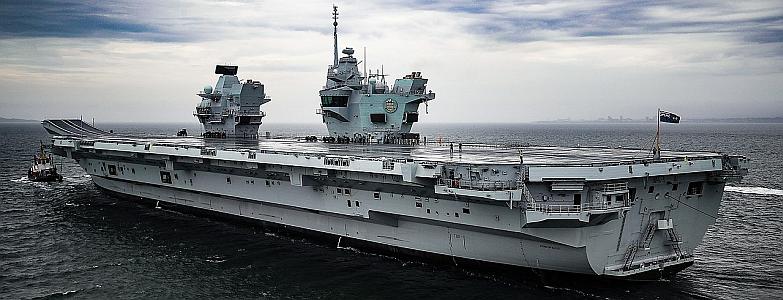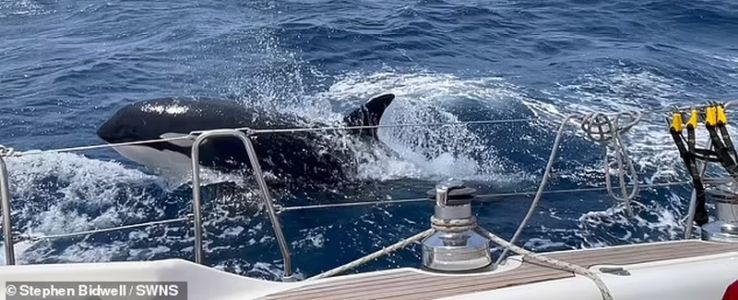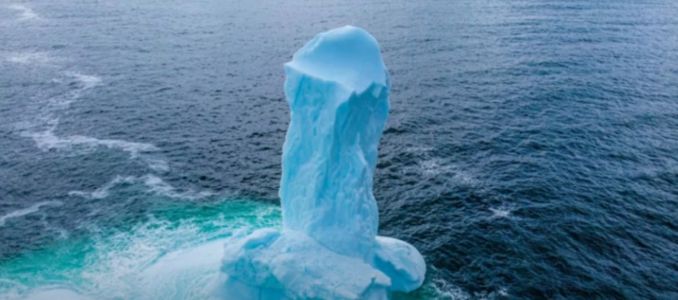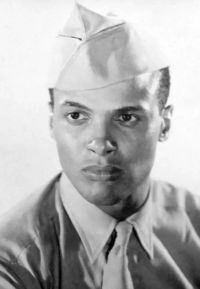
It took Mr. Tonkin 30 years, on and off, to finish carving the sperm whale jaw bone.(Supplied: Albany’s Historic Whaling Station)
We are all familiar with Melville’s novel, Moby Dick, inspired, at least in part, by the ramming and sinking of the whaleship Essex by a rogue sperm whale in the Pacific in 1820. Less well-known is the sinking by a whale of the bark Kathleen.
ABC News Australia reports that for 30 years, Gary Tonkin, 74, a scrimshander from Albany, on the south coast of Western Australia, has worked carving a sperm whale’s jawbone and teeth to tell the tale of the Kathleen. His intricate engravings recount the story of the ill-fated whaling ship sunk by a sperm whale in the Atlantic in 1902.

 An updated repost on
An updated repost on  We now have the answer why the Royal Navy’s newest aircraft carrier,
We now have the answer why the Royal Navy’s newest aircraft carrier,  The 112-year-old steel-hulled
The 112-year-old steel-hulled  Orca attacks on sailboats off the Strait of Gibraltar and the Iberian Peninsula continue.
Orca attacks on sailboats off the Strait of Gibraltar and the Iberian Peninsula continue. The
The  The
The  An updated repost appropriate for Mother’s Day.
An updated repost appropriate for Mother’s Day.
 The three-masted, gaff-rigged Chesapeake ram schooner
The three-masted, gaff-rigged Chesapeake ram schooner  In late November of last year, the guided-missile destroyer, USS Momsen, and the dock-landing ship, USS Harpers Ferry, were moving in opposite directions in San Diego Bay when they came close to colliding. The two ships came within 35 yards of each other but were able to avert disaster through some last-minute maneuvering.
In late November of last year, the guided-missile destroyer, USS Momsen, and the dock-landing ship, USS Harpers Ferry, were moving in opposite directions in San Diego Bay when they came close to colliding. The two ships came within 35 yards of each other but were able to avert disaster through some last-minute maneuvering.
 Recently,
Recently, 
 I am sorry to say that we missed seeing this intriguing ferry,
I am sorry to say that we missed seeing this intriguing ferry,  A recent investigation reveals that
A recent investigation reveals that 
 Congratulations to
Congratulations to  The
The  Just over a decade ago,
Just over a decade ago,